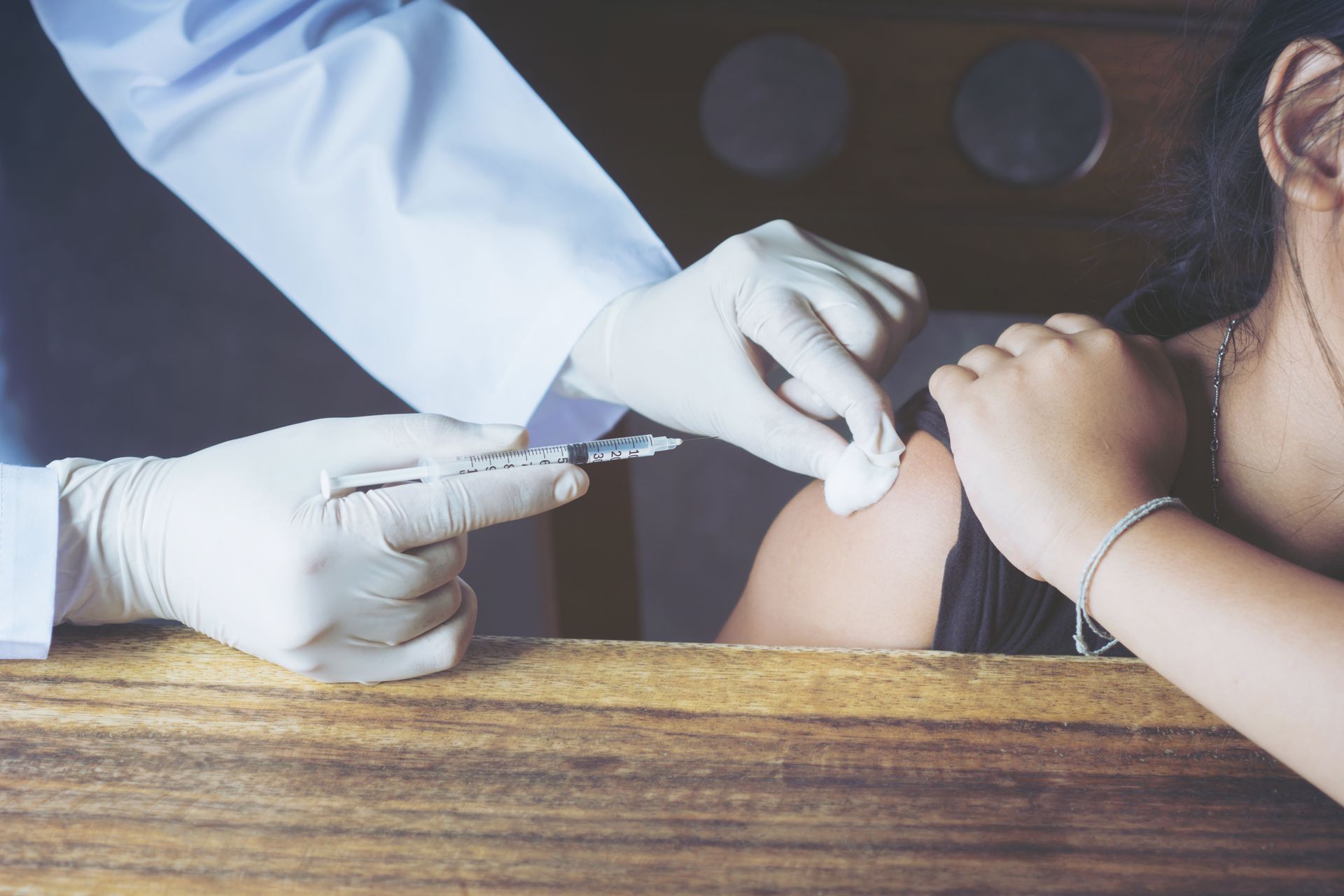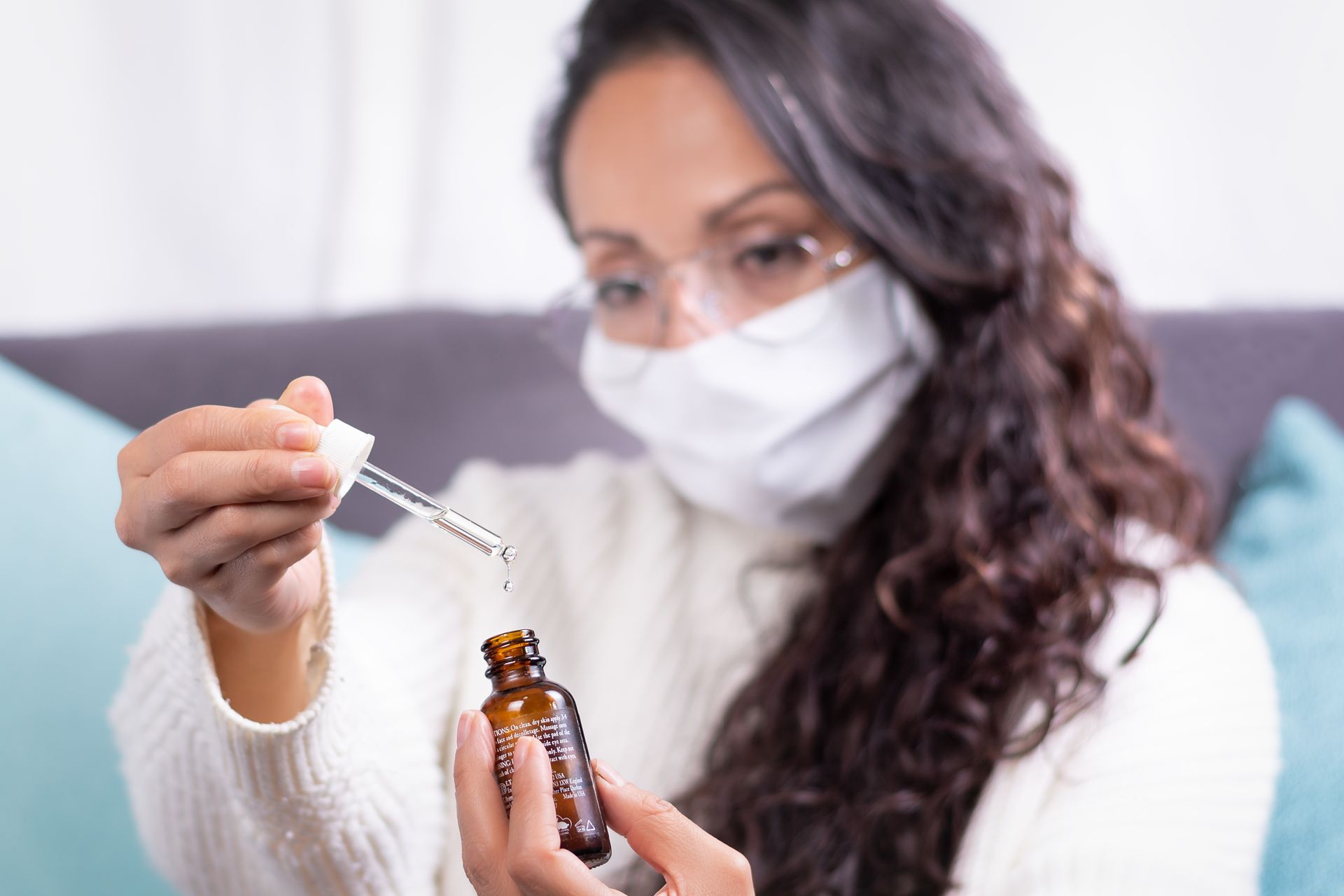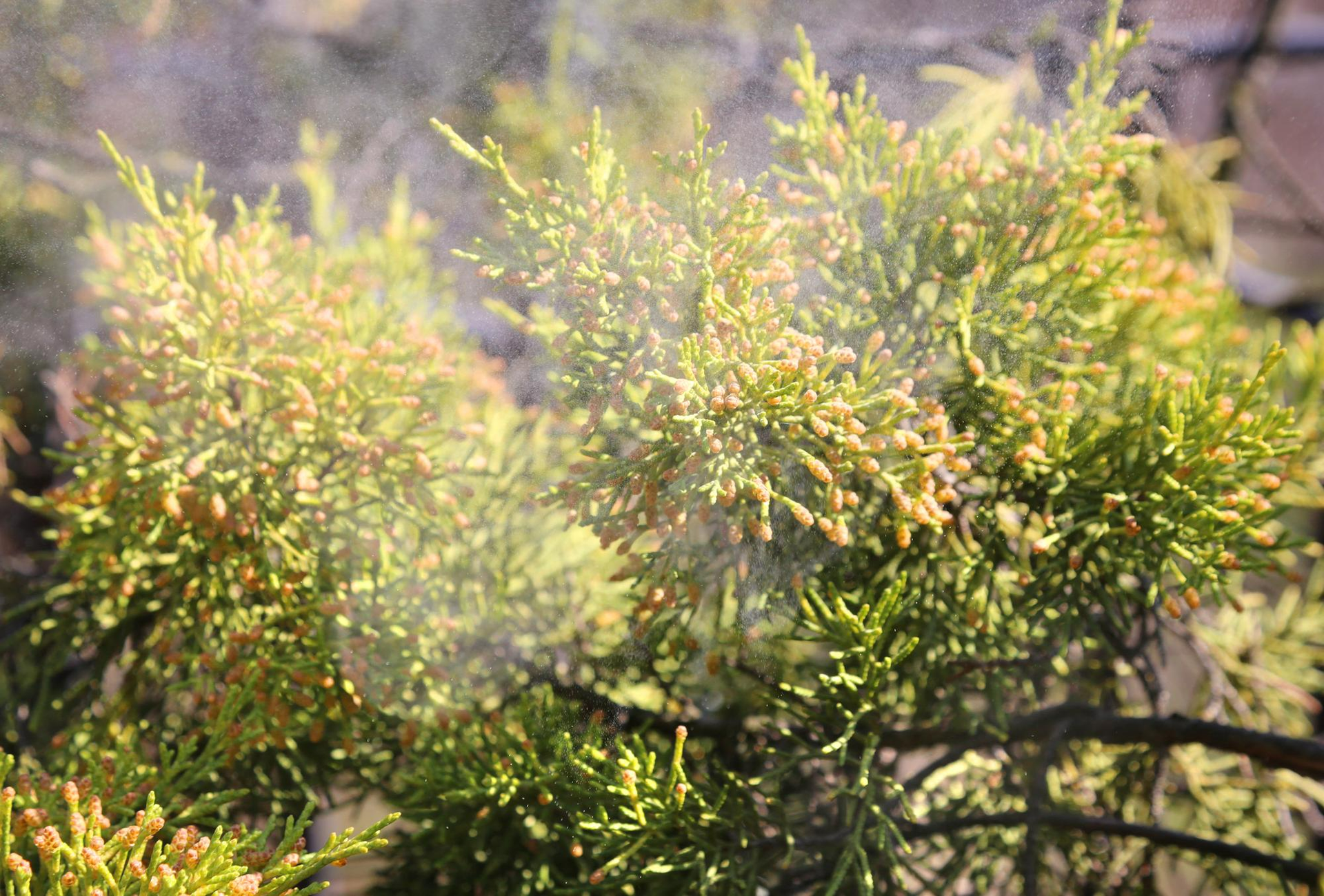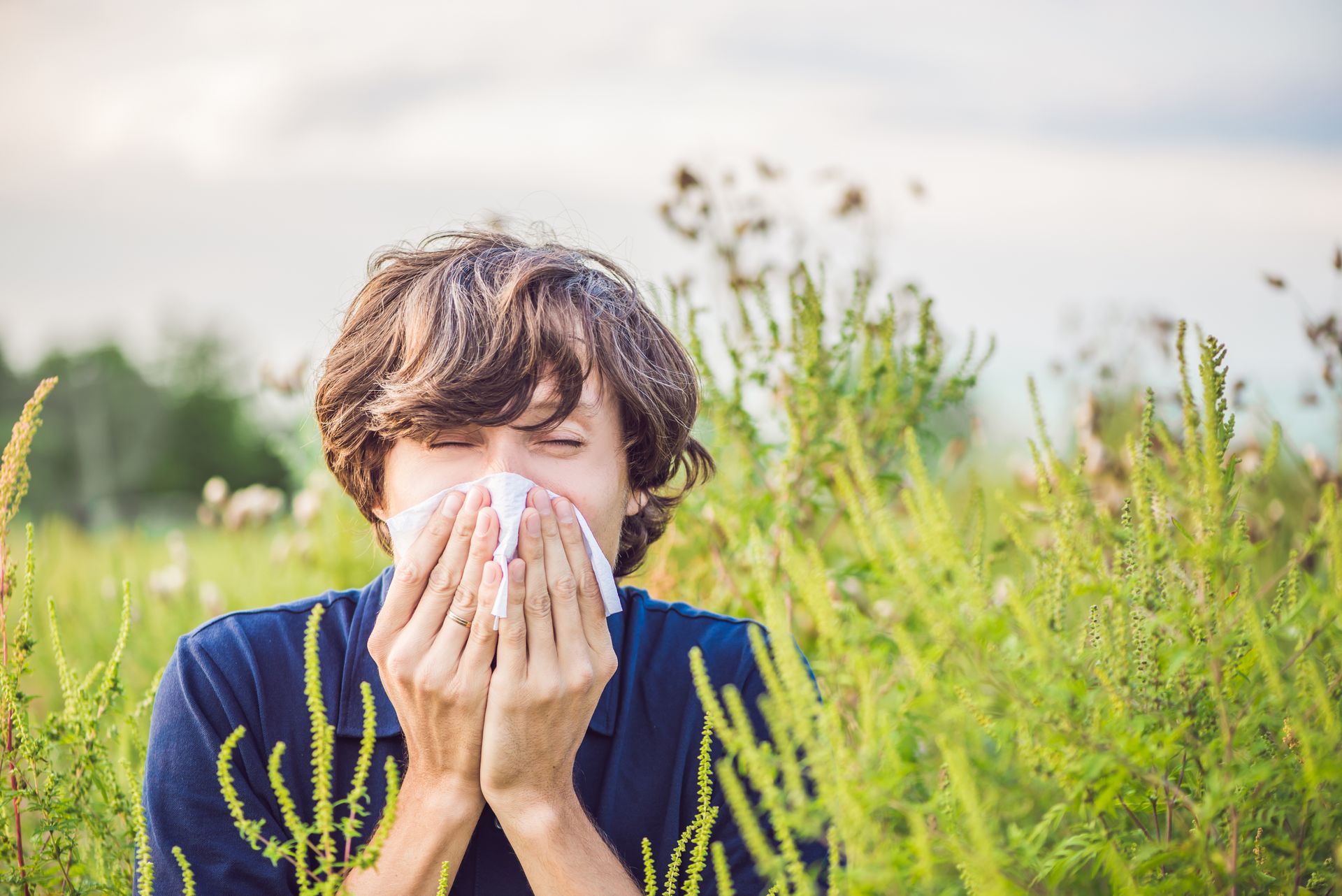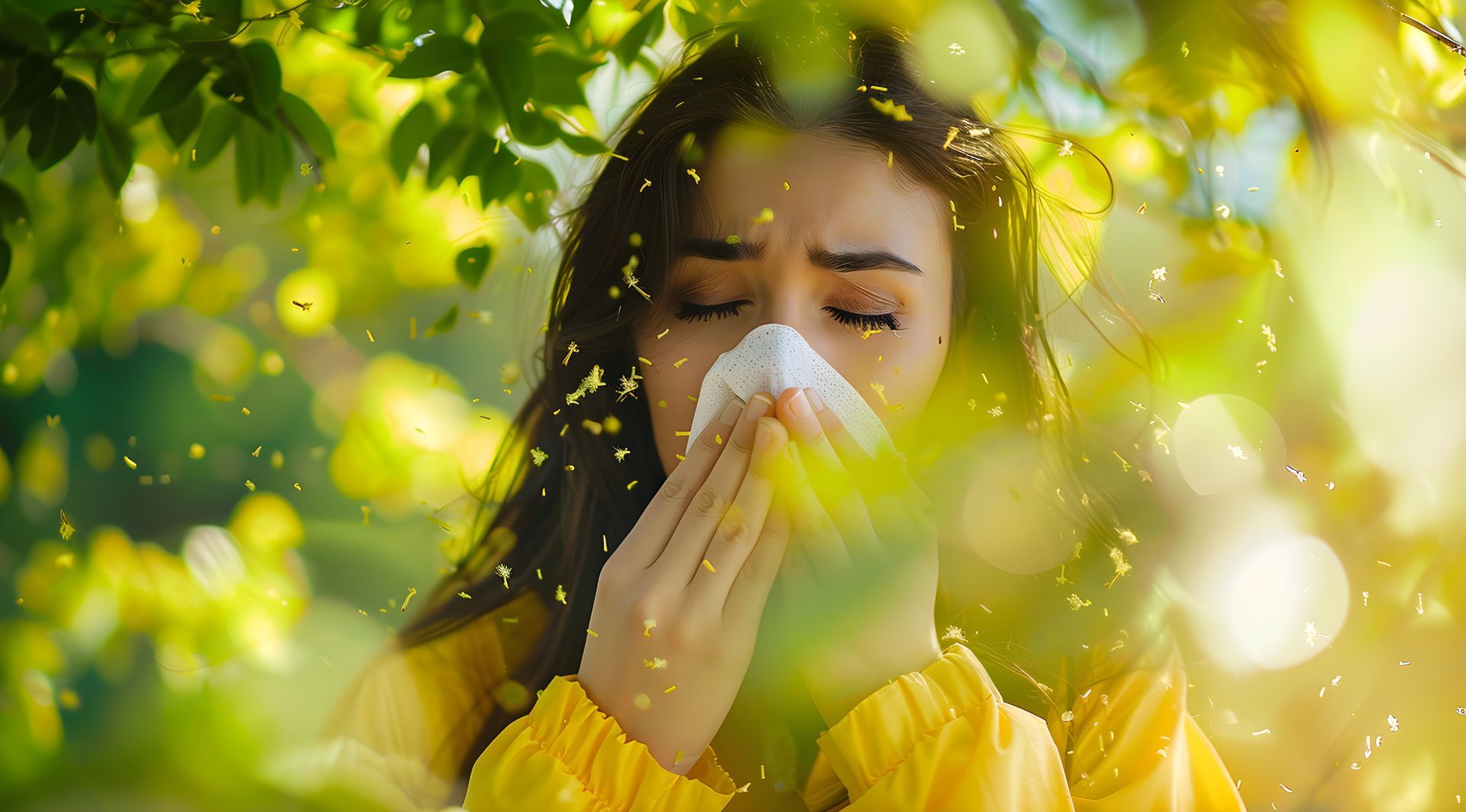Effective Strategies for Managing Eczema During the Summer Months
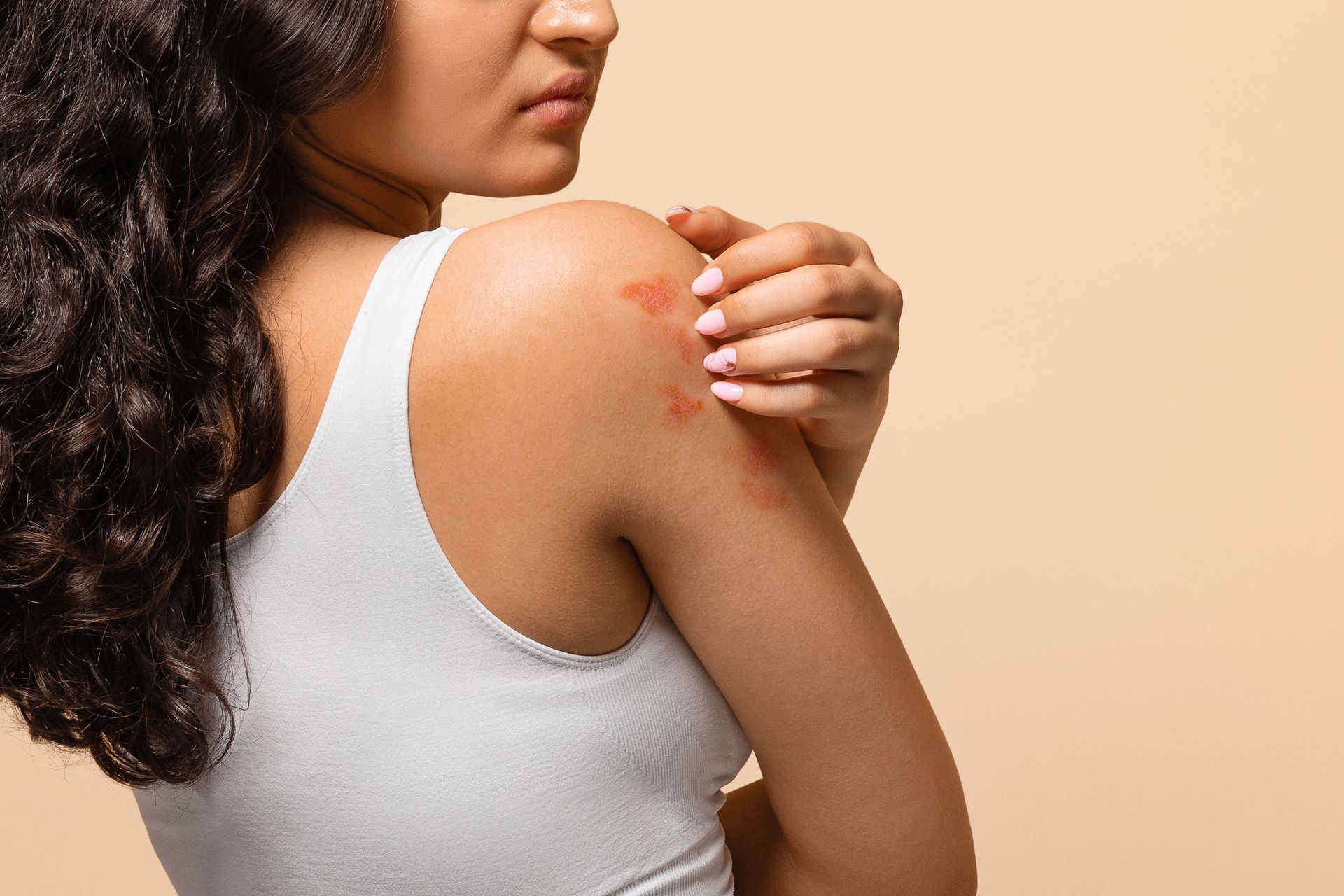
The Texas summer sun is rising! So is the challenging combination of heat and humidity that can be harsh on our skin. These warm months are particularly tough for those battling heat-induced eczema, a condition affecting a staggering 31.6 million people (10.1%) in the U.S. Though most prevalent during early childhood, eczema is a growing concern for adults as well.
In Texas, where the prevalence of eczema is even higher, we see a significant spike during the summer months compared to winter. Our expert allergists at Premier Allergy TX are here to help you understand the triggers and develop effective strategies for managing this condition.
Seize the Summer: Beat Eczema!
Why Does Eczema Flare Up in the Summer?
Summer in Texas brings more than just high temperatures; it poses a challenge for those with heat-induced eczema. The combination of heat, humidity, and increased sweating can worsen symptoms, making this sunny season difficult. Understanding why these factors trigger eczema flare-ups may help you take proactive steps to manage symptoms effectively.
Causes of Eczema Flare-Ups in Summer
Summer can be challenging for those with eczema. Here’s why the season often leads to flare-ups:
- Heat and Sweat: Sweat irritates sensitive skin, causing itching and discomfort. Excessive sweating clogs pores, leading to heat rash that worsens eczema.
- Humidity: Air conditioning and sweat evaporation dry out skin despite high humidity. Humid conditions also foster bacterial and fungal growth, which can infect eczema patches.
- Sun Exposure: Moderate sun exposure helps some but worsens symptoms for others. Eczema-prone skin burns more efficiently, leading to flare-ups.
- Outdoor Allergens: Summer allergens like pollen and mold trigger reactions that worsen eczema. Contact with certain plants during outdoor activities irritates sensitive skin.
Common Symptoms of Heat-Induced Eczema
- Red, Inflamed Skin: A hallmark of eczema, often appearing in patches.
- Itching: Ranges from mild to severe, sometimes becoming unbearable.
- Dry, Scaly Skin: In humid conditions, affected areas can become extremely dry.
- Blisters: Small, fluid-filled blisters can develop, which can ooze and crust over.
- Cracked Skin: In severe cases, skin can crack and bleed, increasing the risk of infection.
How to Differentiate Between Heat Rash and Eczema?
Heat rash and eczema both cause itchy, red skin, but they require different treatments:
- Heat Rash: Appears as tiny bumps, often in areas prone to sweating. Keeping the area cool and dry usually resolves the rash.
- Eczema: Presents as dry, scaly patches that may ooze or bleed, requiring specific eczema treatments for effective management.
Effective Strategies for Managing Summer Eczema
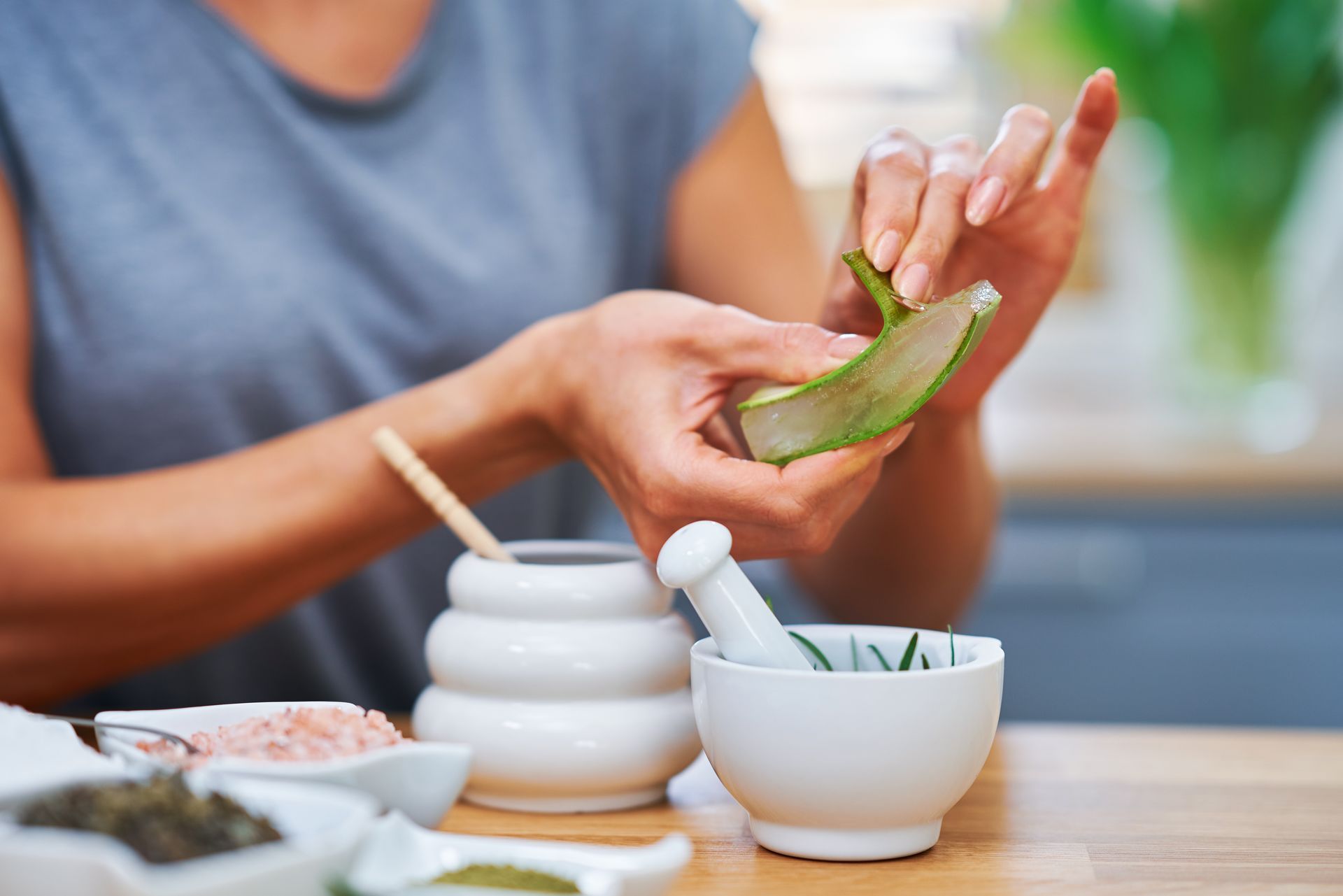
Managing eczema during the summer involves a combination of topical treatments and lifestyle adjustments. Here are some of the best eczema treatments you may try:
- Stay Hydrated
Keeping your skin healthy and hydrated requires drinking an ample amount of water. Aim for at least eight glasses of water daily to help keep your skin supple and resilient.
2. Use Cooling Products
Switch to cooling products containing aloe vera, coconut oil, or oatmeal. For instance, you could try aloe vera gel, coconut oil-based lotions, or oatmeal-infused creams. These methods can ease skin discomfort, calm it, and lessen redness and itching.
3. Limit Sun Exposure
When spending time under the sun, use sunscreen that protects you from UVA and UVB rays to keep your skin safe. Look for a sunscreen with at least SPF 30 to keep your skin safe and healthy. Reapply it every two hours for continued protection. Also, wear protective clothing such as hats and long-sleeved shirts to protect yourself from the sun's rays.
4. Manage Stress
Stress may exacerbate eczema symptoms. When stressed, your body releases specific hormones that can cause inflammation and increase skin sensitivity. Engaging in activities that help reduce stress, like meditation, yoga, or deep breathing exercises, can be beneficial for managing these effects on your skin.
5. Avoid Irritants
Avoid exposure to known irritants, such as pollen, dust mites, pet dander, harsh soaps, and certain fabrics, which can trigger allergic reactions and eczema flare-ups.
6. Use Moisturizers
Use moisturizers regularly to keep your skin hydrated and soft. Look for products containing ceramides, hyaluronic acid, or niacinamide. These ingredients help repair the skin’s natural barrier and lock in moisture. Avoid products with fragrances or other potential irritants.
7. Apply Topical Steroids and Creams
Over-the-counter hydrocortisone creams reduce inflammation. Continued or incorrect use can make the skin thinner or cause other unwanted effects. For severe cases, consult our allergy experts at Premier Allergy TX for more potent prescription treatments.
8. Consider Professional Help
If your eczema symptoms persist or worsen, consult an immunologist in San Antonio for personalized guidance and treatment. Our experts at Premier Allergy TX can provide comprehensive allergy testing, prescribe more potent medications, and offer advice on managing your condition.
Enjoy Summer with Expert Eczema Management
Summer doesn’t have to be a season of discomfort. Managing eczema during Texas summers requires a comprehensive approach. By understanding the triggers, staying calm, protecting your skin, and seeking professional help, you can enjoy the season without worrying about eczema. These strategies can help you feel better and more at ease, allowing you to enjoy everything summer offers fully.
Contact Premier Allergy TX at (210) 764-6567 for personalized care and effective eczema management. Our caring experts are here to provide you with the best possible care and help you achieve clear, comfortable skin.
Enjoy Summer Eczema Free!


